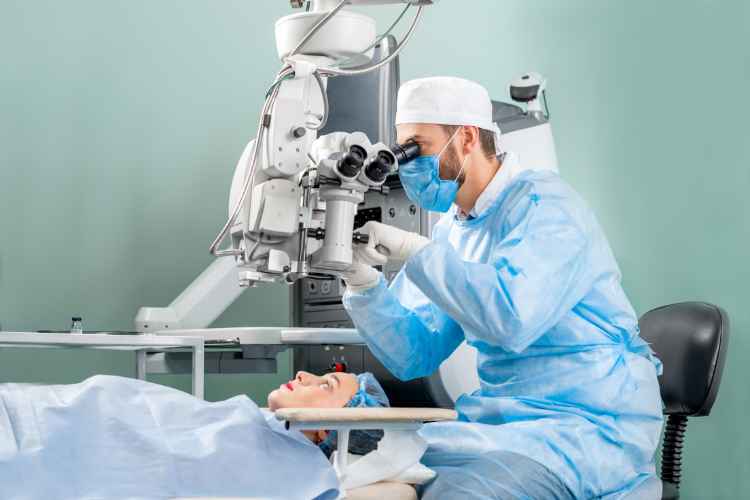One surgery has revolutionised the way people correct their vision. It is none other than laser eye surgery. It is a safe and effective procedure that significantly reduces or eliminates the need for glasses or contact lenses. If you’re considering it, it’s essential to understand what to expect before, during, and after the procedure to make an informed decision. In this article, you can glance through the process step by step.
Before the Procedure:
Consultation: The first step is to consult a qualified ophthalmologist or refractive surgeon. During this appointment, your eyes will be thoroughly examined to determine whether you are suitable for the surgery. Factors such as age, overall eye health, and refractive error will be assessed. The surgeon will explain the different types available and address any questions or concerns you may have.
Pre-operative Exams: If you are deemed eligible, you will undergo a series of pre-operative exams. These exams will include detailed cornea measurements, pupil size, and overall eye health. This information will help the surgeon determine the most appropriate technique for you.
Preparing for the Procedure: In the weeks leading up to your surgery, your surgeon will provide instructions on how to prepare. These instructions may include discontinuing contact lenses for a specific period and avoiding eye makeup or creams. Following these guidelines carefully is crucial to ensure the best possible outcome.
During the Procedure:
Anaesthesia: You will be given local anaesthesia in the form of eye drops to numb your eyes. It ensures that you remain comfortable. In some cases, the surgical expert may offer a mild sedative to help you relax.
Corneal Flap Creation: The most common type of laser eye surgery is LASIK (Laser-Assisted in Situ Keratomileusis). During LASIK, a thin corneal flap is created using either a microkeratome (a precision instrument) or a femtosecond laser. The surgical expert will gently lift this flap to access the underlying cornea for reshaping.
Corneal Reshaping: Once the corneal flap is created, an excimer laser is utilised to reshape the cornea. The laser precisely removes microscopic layers of corneal tissue to correct the refractive error. This reshaping allows light to focus properly on the retina and improves vision.
Flap Replacement: After the corneal reshaping is complete, the surgical expert carefully repositions the corneal flap back into place. The flap adheres naturally without the need for stitches, thanks to its unique self-sealing properties.
After the Procedure:
Recovery: After the surgery, you will be provided with detailed post-operative instructions. It is common to experience some mild discomfort, such as dryness, itching, or a foreign body sensation in the eyes. Your surgeon may prescribe medicated eye drops to promote healing. Following the post-operative care regimen diligently is essential to ensure optimal recovery.
Follow-up Visits: Your surgeon will schedule several follow-up visits to monitor your progress. These visits are essential to ensure that your eyes are healing correctly and your vision improves as expected. Attending all follow-up appointments and reporting any unusual symptoms or concerns to your surgeon is crucial.
Visual Improvement: Most patients experience a significant improvement in their vision within the first few days. However, it’s important to note that individual healing rates may vary. Some patients may experience gradual visual improvement for several weeks or even months.
In conclusion, laser eye surgery is a life-changing procedure that can provide lasting freedom from glasses or contact lenses. By consulting with a qualified surgeon, following pre-operative instructions, and adhering to post-operative care, you can increase the likelihood of achieving excellent visual outcomes and enjoying the benefits of clear, unaided vision.

